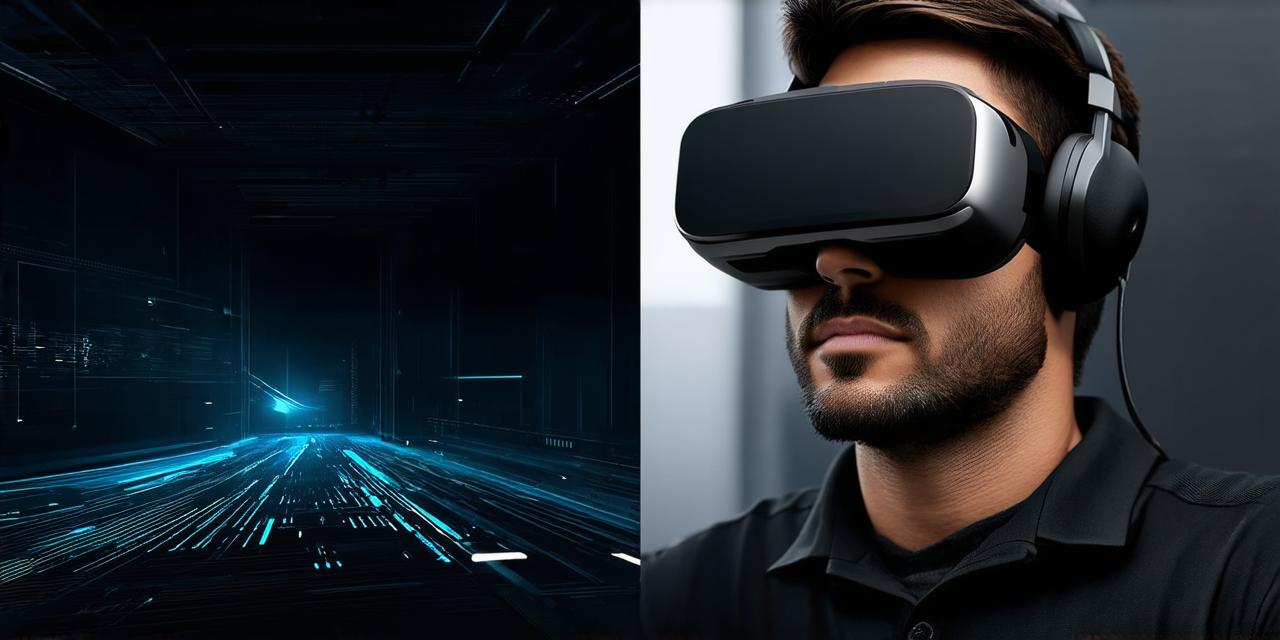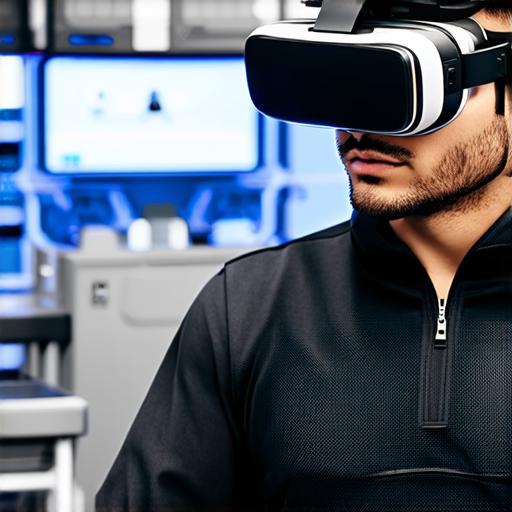
How to use a virtual reality headset
Virtual reality (VR) technology has been evolving rapidly in recent years, and virtual reality headsets have become increasingly popular among users.
As a virtual reality developer, it’s essential to know how to use a virtual reality headset effectively to create immersive experiences for your audience. In this article, we will provide you with a comprehensive guide on how to use a virtual reality headset, covering everything from setup to troubleshooting and best practices.
Setting Up Your Virtual Reality Headset
Before diving into using your virtual reality headset, it’s crucial to ensure that it’s set up correctly. Here are the steps to follow:

- Connect your virtual reality headset to your computer using a USB cable or a wireless connection if possible.
- Install the virtual reality software provided by the manufacturer of your headset. This software will allow you to calibrate your headset and ensure that it’s working correctly.
- Once your virtual reality headset is connected and the software is installed, you can start creating your virtual reality experience.
- Choose a virtual reality environment or game that suits your needs and preferences.
- Put on your virtual reality headset and adjust the settings to fit your comfort level. This may include adjusting the screen resolution, field of view, and audio settings.
Creating an Immersive Virtual Reality Experience
Now that your virtual reality headset is set up and you’ve chosen your environment or game, it’s time to start creating your immersive experience. Here are some tips to keep in mind:
- Keep the user in mind: When creating a virtual reality experience, it’s essential to keep the user in mind. Think about their interests, preferences, and what they hope to gain from the experience.
- Use sound effects and music strategically: Sound effects and music can greatly enhance the immersive experience of your virtual reality environment. Use them strategically to add depth and realism to your experience.
- Optimize for performance: Virtual reality experiences can be resource-intensive, so it’s important to optimize your experience for performance. This may include reducing the number of objects in the scene or adjusting the graphics settings.
- Test and iterate: As with any software development project, testing is crucial when creating a virtual reality experience. Test your experience thoroughly and gather feedback from users to iterate and improve upon it.
Troubleshooting Common Issues with Your Virtual Reality Headset
As with any technology, virtual reality headsets can encounter issues. Here are some common issues and how to troubleshoot them:
- Tracking issues: If your virtual reality headset is having tracking issues, it may not be properly calibrated or the sensors may be dirty. To fix this issue, clean the sensors and re-calibrate your headset.
- Comfort issues: If you’re experiencing discomfort while using your virtual reality headset, it may be too tight or too loose. Adjust the straps to ensure a comfortable fit.
- Audio issues: If you’re having audio issues with your virtual reality headset, check the volume settings and make sure that the audio is coming through correctly.
- Performance issues: If your virtual reality experience is running slowly or lagging, it may be due to resource constraints on your computer. Optimize your experience for performance by reducing the number of objects in the scene or adjusting the graphics settings.
Summary
Virtual reality technology is rapidly evolving, and virtual reality headsets have become increasingly popular among users. As a virtual reality developer, it’s essential to know how to use a virtual reality headset effectively to create immersive experiences for your audience. In this article, we provided you with a comprehensive guide on how to use a virtual reality headset, covering everything from setup to troubleshooting and best practices.


